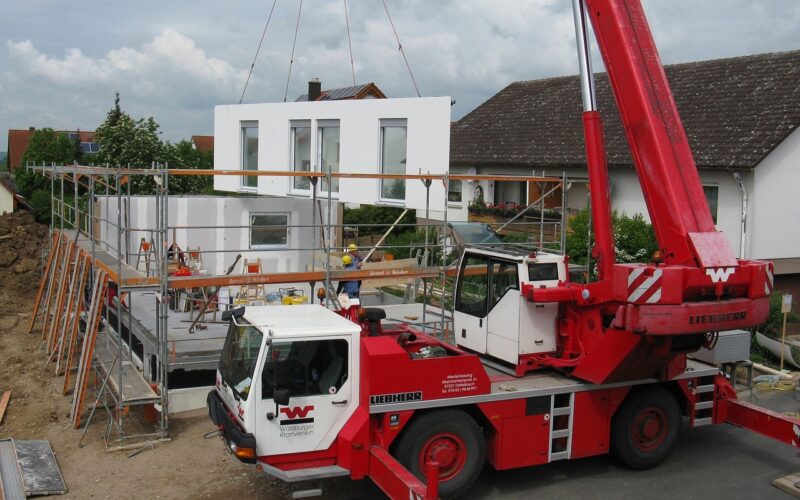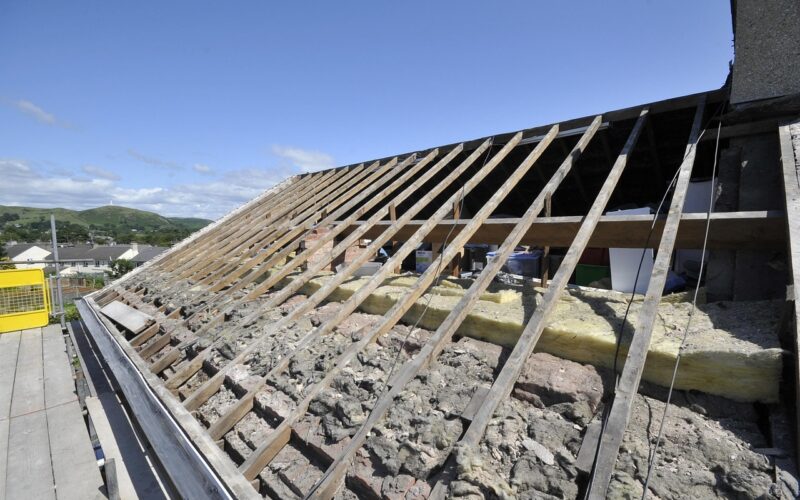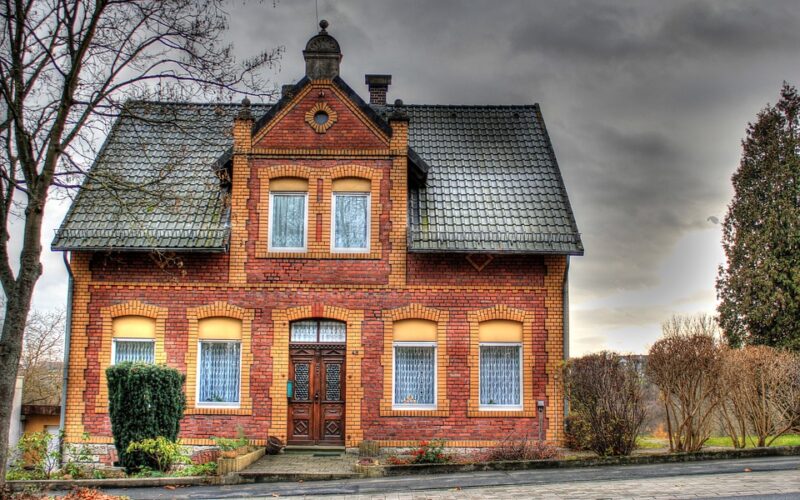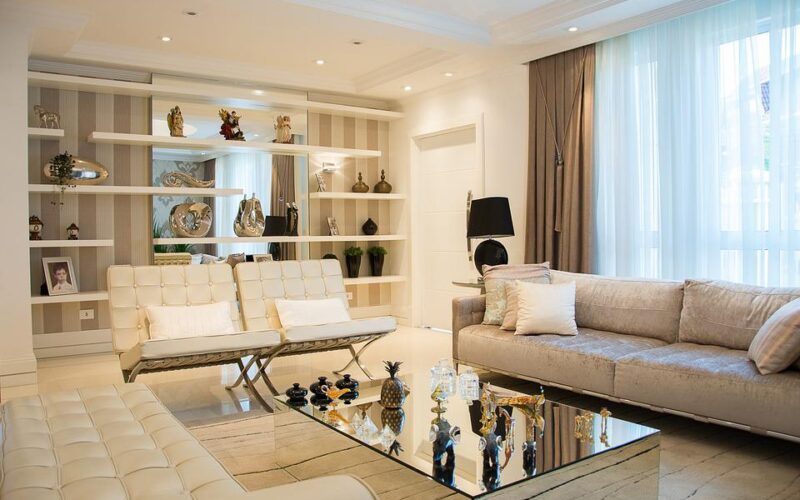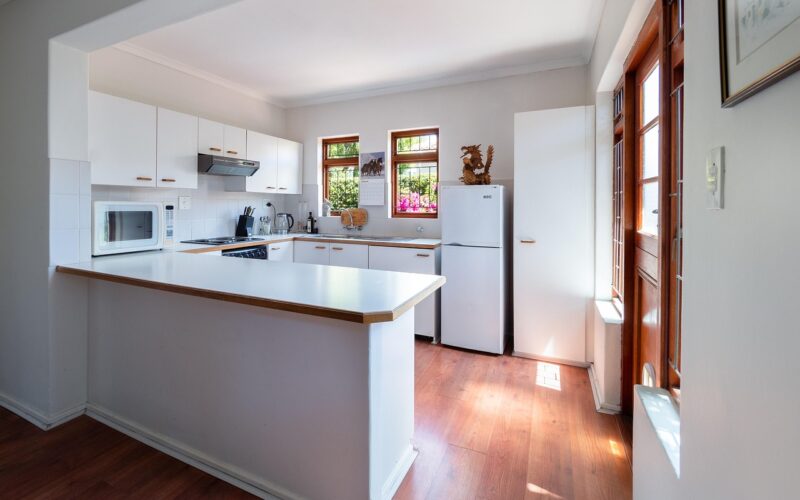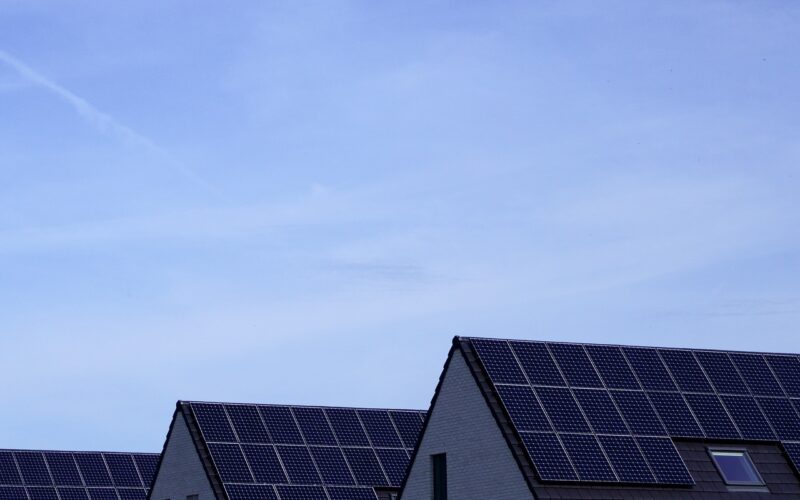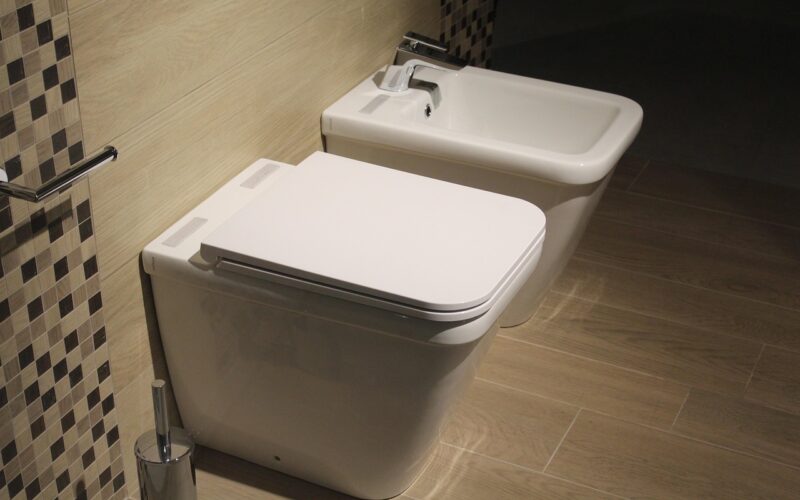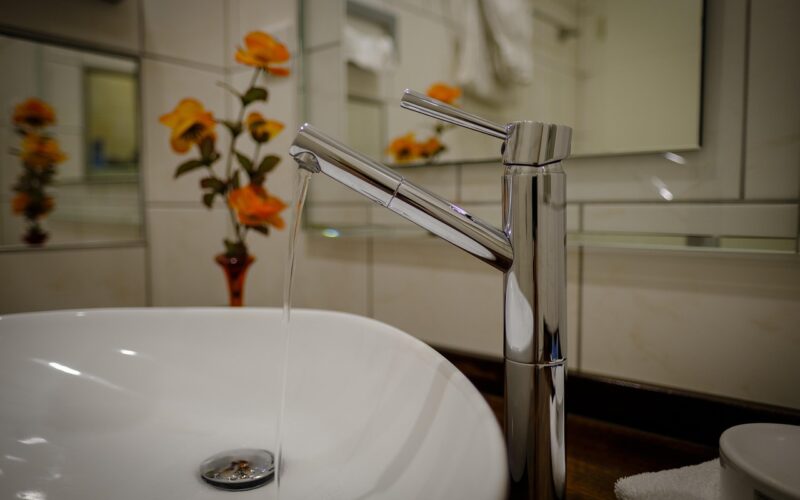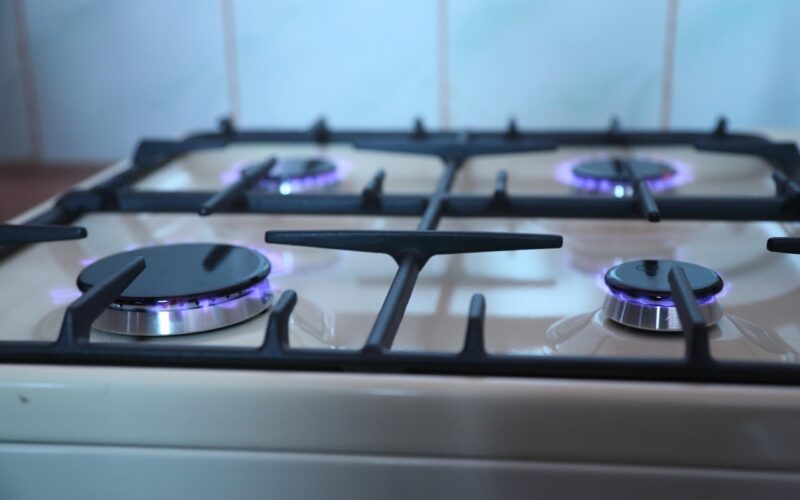Being Technologically Led
The modern abode has evolved from mere shelter to an integrated hub of high-tech convenience and efficiency. With the advent of smart technology and connected devices, homeowners now have the unprecedented ability to augment their homes to a level of sophistication and control that was once the province of science fiction.
Introducing smart home automation
Smart home automation stands at the forefront of this tech revolution. At the heart of these systems are central hubs that connect with various sensors and smart devices, allowing you to control lighting, heating, security, and entertainment all from a single interface. Imagine adjusting the thermostat or checking your security cameras remotely from your smartphone. Automation routines can also be set up, so your home can automatically prepare for your arrival, adjusting the ambiance to welcome you back to your personal haven after a long day.
Invest in energy-efficient appliances
In our eco-conscious world, it's no longer just about comfort but also about sustainability. Energy-efficient appliances have made leaps and bounds, offering homeowners significant cost reductions in power bills while also reducing their carbon footprint. From fridges that cool more efficiently to washing machines that consume less water and electricity, these smart appliances often come with intelligent features such as usage tracking and automatic eco-modes, ensuring they only work as hard as they need to.
Wireless charging integrated into furniture
With the number of rechargeable devices in the average home increasing, cable clutter has become a real challenge. Wireless charging is a game-changing solution to this problem. By embedding wireless charging pads into furniture like table tops and desks, you can charge your devices by simply placing them on the surface. It’s not just convenient; it streamlines the look and function of your living space, taking one more step towards a wireless world.
Employ voice assistants for hands-free control
Voice assistants have made a significant impact on how we interact with our homes. Virtual assistants like Amazon's Alexa, Google Assistant, and Apple's Siri can now be integrated into a multitude of home devices. These smart companions respond to voice commands, making multitasking a breeze. You can ask for the day's weather report, play music, or order groceries — all without lifting a finger. The possibilities are virtually endless, continuously expanding as the technology becomes more sophisticated.
Create a multi-sensory environment with smart lighting and sound systems
Lighting and sound are pivotal in setting the mood and atmosphere within your home. Smart LED bulbs can reproduce millions of colours and shades, controllable via smartphone or voice, allowing you to tailor every room to your current mood or the task at hand. Similarly, multi-room sound systems can stream audio throughout the house, so your favourite playlist is never out of earshot. These technologies coalesce to create a living space that appeals to every sense.
The future is seamless integration
The most exciting aspect of these technological upgrades is their ability to work together seamlessly. Many devices are now cross-compatible, meaning your voice assistant can communicate with your lights, your security system, and even your coffee maker, forming an interoperable web of smart technology. This holistic approach to technology renders the concept of the smart home more than a mere collection of gadgets but instead, a coordinated ecosystem that anticipates your needs, fosters your well-being, and conserves energy all at once.
The marriage of technology and domestic life presents a landscape ripe for exploration and personalisation. Whether you are taken by the intrigue of seamless smart home networks, the allure of energy-saving appliances, or the sheer convenience of voice-controlled environments, the options for enhancing your home with technology have never been more abundant or more accessible. Welcome to the future of living.

